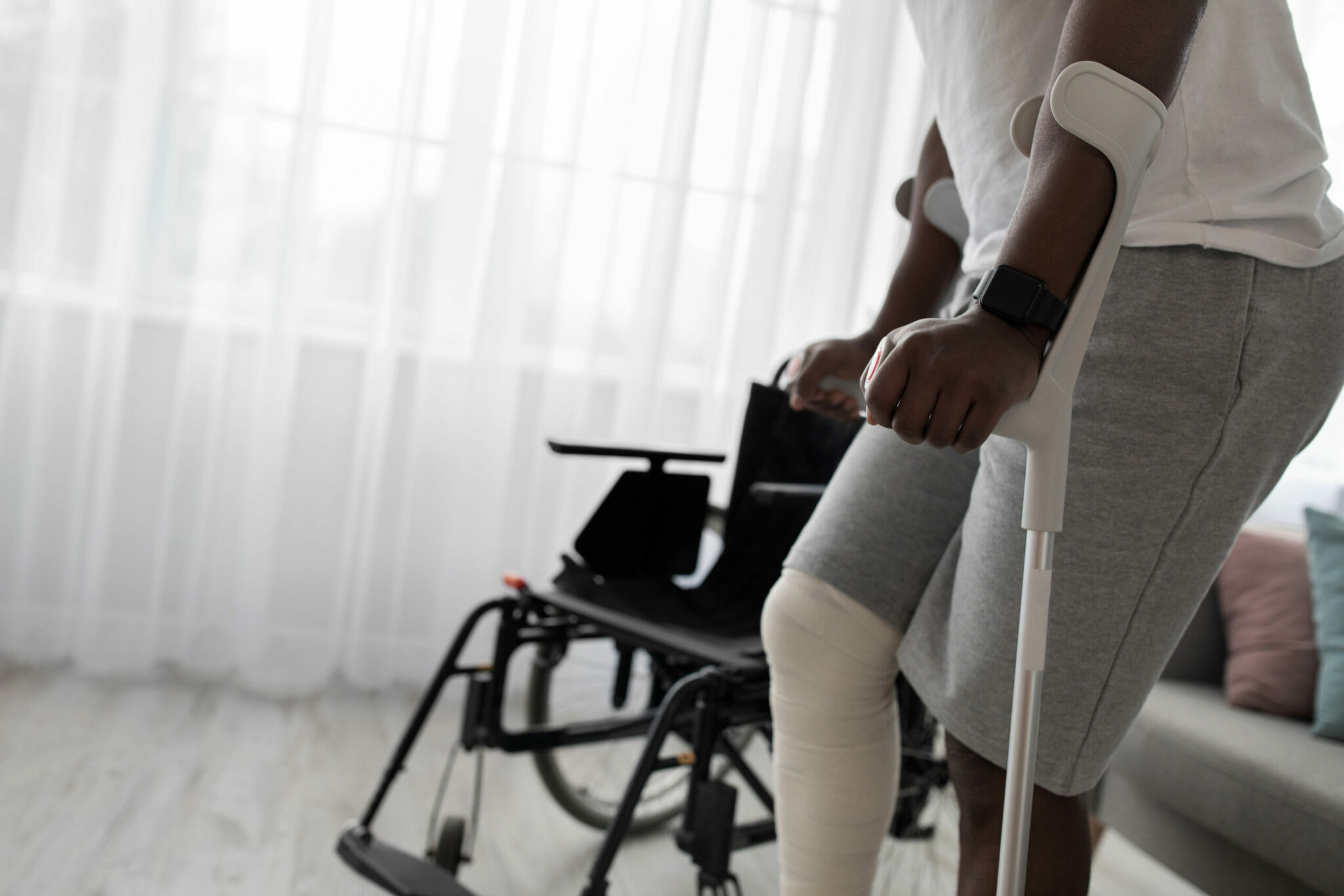At some point in our lives, many of us will need to undergo surgery for one reason or another. However, once the surgery is complete, the process is far from over. There are usually multiple follow-up visits with the surgeon, rehab sessions with physical therapy or occupational therapy, and long-lasting pain.
Most of all, post-surgical patients simply want to get back to their lives and move past their surgical experience. In this article, we’ll demonstrate how chiropractic care can help to facilitate the healing process after surgery and help you resolve your post-surgical pain.
What is the General Surgical Process?
Surgeries usually follow a fairly straightforward process, from the time you are evaluated by the surgeon until the time when you wake up after the anesthesia has worn off.
Usually, you’ll first have an initial consultation with the surgeon about your goals and their impression of what will work best for you (obviously, in emergency surgeries, this step doesn’t occur).
Then, you’ll schedule your surgery date and receive your pre-op instructions. These will be specific to your surgery, but will usually involve a few common pre-op instructions such as what you can eat before the procedure, what you can expect on the operating table, the benefits and risks inherent in the procedure, and various other items.
After the surgery, most patients will require at least a few weeks of rehabilitative services to help them get back up to speed. Chiropractic care can be a big help during this time by encouraging blood flow to healing tissues and reducing pain throughout the body.
What are the Most Common Types of Surgery?
There are thousands of different surgical techniques used by clinicians today. Let’s take a look at some of the most common kinds of surgery.
Orthopedic Surgery
One of the most common types of surgery is orthopedic in nature. Knee replacements, hip replacements, rotator cuff repairs, and many others all involve the musculoskeletal system.
These surgeries are often performed when patients have suffered from serious joint or muscle pain for many months or years, and they can’t seem to find relief from any other methods.
Recovery times after orthopedic surgery vary widely. Often, recovery can be complicated by wound healing problems, patients’ functional status, and a variety of other considerations.
Cardiac Surgery
Heart disease is a serious problem in the world today. In fact, heart disease remains the number one killer of people in the United States.
For this reason, heart surgeries are extremely common. Stents, pacemaker operations, and even heart replacements have become relatively routine surgeries, thousands of which are performed every day around the country.
Often, heart surgeons will recommend very specific rehab protocols for post-surgical patients. However, in time, these patients can usually return to their lives without restriction.
Trauma Surgery
After a gunshot injury, stabbing injury, or any other sort of trauma, patients will often require surgery.
Of course, these issues all result in highly variable levels of tissue disruption, so recovery times can last anywhere from a few days to the rest of the patient’s life.
Chiropractic Care After Surgery
With the approval of your surgeon, you can usually attend chiropractic sessions right after your surgery. As soon as you’re allowed to begin attending chiropractic sessions, you should. These treatments can speed up healing and can help you get back to your life much more quickly than if you’re trying to recover on your own.
Have you recently had surgery? Are you looking for ways to supplement your recovery regimen? If so, consider visiting your Lithia chiropractors at At Last Chiropractic. Book your appointment today.






